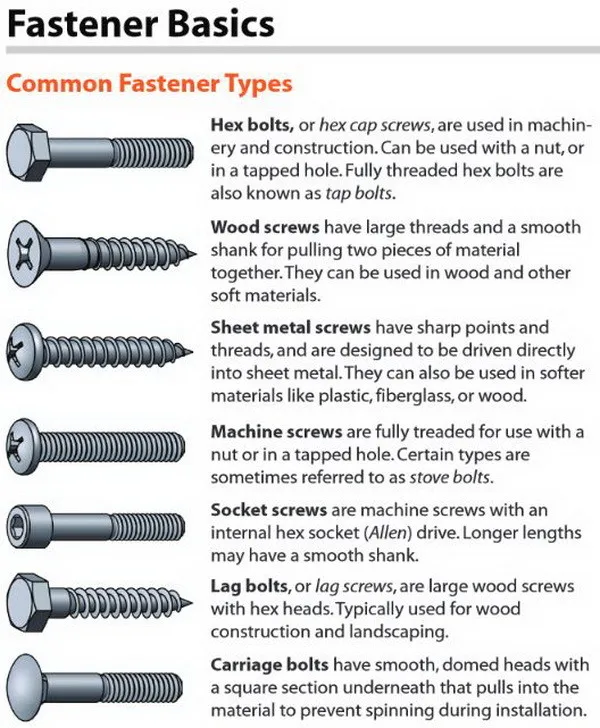Lynn Blamires, Special to the Standard-Examiner
The contents of a Screw-A-Flat-Easy kit.
When you go into the backcountry, you don’t have to go very far to be facing a long walk back when a problem occurs. That is why it is important to have your machine working well before you go. However, a flat is something you just have to be prepared to deal with.
I have been riding ATVs for 30 years and I have had to deal with a lot of flat tires. One way others deal with flats is growing in popularity. They carry a spare tire and wheel — one that will work on any of the four corners of the machine.
I am still not sold on the extra weight a spare tire creates.
I have dealt with flats by carrying a mini compressor, a supply of plugs, a reaming tool and tool to push plugs into the tire to seal the leak. The idea is that I will be able to finish the ride and make it back to a place that I can either make a better fix or replace the tire.
That plan has worked in the past, but lately it has let me down (literally). I was riding my Polaris Ace out on the Arizona desert when I noticed that I was hitting rocks that I should have had enough ground clearance to clear. When I was loading the machine on the trailer, I noticed that my front left tire was low.
At the motel, I took the wheel off, took it to my room, ran some water in the tub, put the tire in and found the leak. I plugged it, but I didn’t have the needed rubber cement to seal the plug properly. Consequently, the tire continued to leak and, once again, it let me down. Later in the year, I had to leave a ride at a jamboree in Beaver because that tire was still not holding air properly.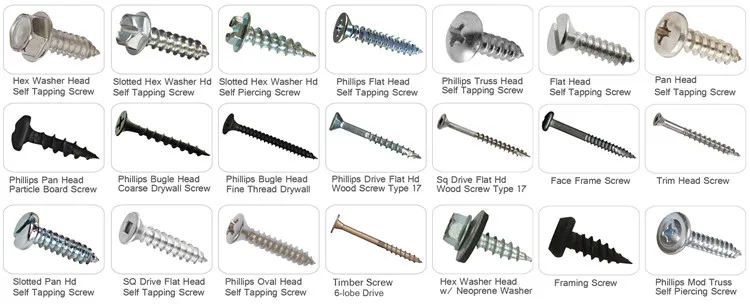
Lynn Blamires, Special to the Standard-Examiner
Inserting Screw-A-Flat-Easy into a tire on my riding lawnmower.
While rubber cement is important, sometimes the need to repair a tire doesn’t happen for a long time and when you need the cement, it is dried up. It is just another one of those things that you need to check before you go.
I didn’t know there was a better way to plug a tire until I attended the Salt Lake Off-Road Expo last February. It was there that I met Tracy, who introduced me to an old product that was new to me — Screw-A-Flat-Easy. This product is now being reintroduced to the market.
Instead of using a plug, this product is a screw. I know, it doesn’t make sense to use a screw in a tire to replace a screw that caused the problem in the first place, but it works.
The screw has a conical shape with course threads 1 1/4 inches long. It comes in three head sizes: 1/4 inch, 3/8 inch, and 1/2 inch.
The screw is made of a proprietary nonferrous composite material. The adhesive used together with the insertion of the screw combined with the heat generated with running of the tire is where the magic happens. The heat activates the combination of the adhesive and the composite element of the screw, causing it to meld with the tire and form a dependable seal. It is important to insert the screw into the tire to the point that it is flush with the surface of the tire so the magic can happen.
The adhesive used together with the insertion of the screw combined with the heat generated with running of the tire is where the magic happens. The heat activates the combination of the adhesive and the composite element of the screw, causing it to meld with the tire and form a dependable seal. It is important to insert the screw into the tire to the point that it is flush with the surface of the tire so the magic can happen.
Photo supplied
Lynn Blamires
I wanted to put this product to the test, but all my tires are in good shape. I didn’t want to drill holes in good tires for this test. However, I did have a problem with a wad of plugs in a tire on my riding lawnmower that could make a good test.
So I took the biggest screw and inserted it in the middle of the plugs. Not much heat is generated in the action of mowing the lawn, but it did a good job. Now I just need to go for a high-speed ride around the neighborhood to generate some heat. Well, high speed for a lawnmower.
YouTube has videos of the application of Screw-A-Flat-Easy on a variety of tires including truck tires. Screw-A-Flat-Easy is only available by ordering on the internet at https://screwaflateasy.com. It comes with four screws — one small, two medium and one large, plus a small bottle of the adhesive for $12.
When you go, take plenty of water, keep the rubber side down and take Screw-A-Flat-Easy kit with you — it won’t let you down.
Contact Lynn R. Blamires at [email protected].
Join thousands already receiving our daily newsletter.
Failing to maintain your ATV’s bolts, nuts, and boots is a surefire way to ruin your machine and cost yourself a lot of money in repairs in the future.
Taking care of your ATV requires regular maintenance on the bolts, nuts, and boots that hold the machine together.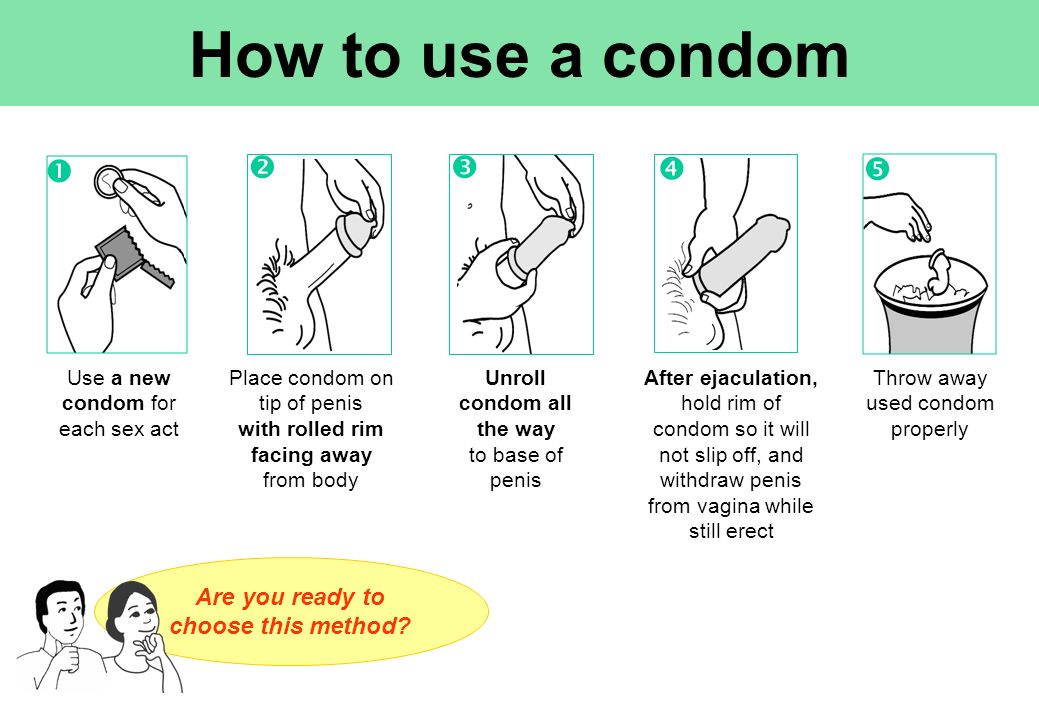 You can take care of these parts by applying grease regularly, tightening them every month, and spot-checking them before each ride. This will ensure they are also in good condition.
You can take care of these parts by applying grease regularly, tightening them every month, and spot-checking them before each ride. This will ensure they are also in good condition.
Some people might think their ATV is not important and they overlook taking care of the nuts, bolts, and boots. However, these hold your machine together and they are some of the most essential parts that need maintenance. This guide includes everything you need to know to take care of them the right way.
Your ATV can be a major investment so it needs to be taken care of properly. One of the best ways to do this is by taking preventive steps such as routine oil changes and routine maintenance.
An ATV is a great machine that helps you explore the outdoors and can also help you explore places that are difficult to reach. However, it is also an expensive machine, and without proper care and maintenance, it could break down and get damaged.
Many users of ATVs are not aware of the safety measures that need to be taken. This can lead to serious injuries or machine damages if care is not taken.
This can lead to serious injuries or machine damages if care is not taken.
ATVs are complex and they require proper care. It is not easy to take care of your ATV especially if you are a new owner, but we intend to make it a much more straightforward process in this guide.
The critical parts of an ATV that are often overlooked for maintenance are the bolts, nuts, and boots. They are all essential to your vehicle, but they tend to receive the least amount of attention during routine maintenance checkups.
Instead, they should be made a number one priority and you should always have a versatile wrench handy to get the job done.
ATVs are the perfect machines to help you get around. They are not only powerful, but they can also offer a great amount of convenience that you wouldn't be able to find with any other mode of transport.
By keeping proper care of these essential items, you will get the longest possible use from your ATV and save money in the long run.
One of the biggest mistakes you can make as an ATV owner is not keeping an eye on all of the bolts that hold your machine together. They are extremely sensitive and it is not uncommon for them to come loose or get damaged from improper care.
They are extremely sensitive and it is not uncommon for them to come loose or get damaged from improper care.
There are a variety of different bolts that serve a unique purpose on your ATV. We have listed some of the most essential ones that you need to take care of below.
A pivot bolt holds the swingarm to the frame so you should always tighten this first. If this bolt is loose, it can prevent a problem with the frame and it also puts the bearings at risk for damage, wear, and corrosion.
It's important to make sure that your ATV is running smoothly and doesn't have any issues before you go out for your next big ride, whether it be on-road or off-road. The best way to tighten the pivot bolt of an ATV is by using a torque wrench.
While some people prefer using a breaker bar or extension bar to tighten this part, others think that it might be dangerous if done incorrectly. The best method is to use a torque wrench, which will ensure that your bike is safe and you don't damage anything else in your process.
Skid plates will come loose and the ATV will lose traction and slide if they aren't tightened regularly. To prevent this, we need to tighten our skid plates every time we use the bike and not wait for a month before we do it.
Skid plates are attached to the frame of the ATV to protect from rocks and stones. But if these skid plates come loose, it can lead to losing traction which can cause your machine to slide.
The sprocket bolts will eventually come loose because of chain torque on rough terrain and during sharp turns. This is common, but you should be regularly checking this bolt to make sure it is in place.
You do not want to go riding if it isn’t because this would cause the chain to come loose too. It could lead to an unexpected breakdown.
If your wheel hubs come loose, it will cause the bearings on your ATV to wear down and the axle spline will strip from added wear and pressure. It is not too complicated to keep an eye on these with regular maintenance.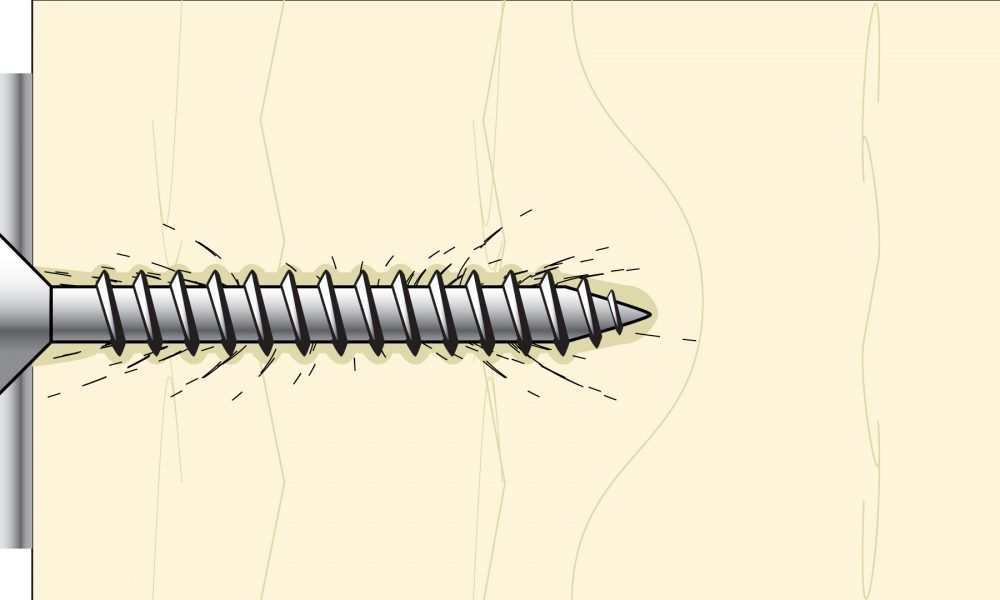
The wheel hubs and axle can be tightened quickly using the recommended tools and you can quickly get back to riding too.
Having your ATV's nuts properly maintained will not only keep them in optimal condition but also allow the machine to run at its best. They require regular monitoring and maintenance to keep your machine operating at its peak.
The nuts that you should take care of include the engine bearing, transmission bearings, and power shaft bearings. They should all be replaced when they get too worn out or damaged.
Lug nuts are the fasteners that are attached to the wheel hubs of ATVs. You want them to be properly torqued because loose lug nuts can cause issues with performance and power loss.
Lug nuts need to be properly torqued because loose lug nuts can cause issues with performance and power loss. If done properly, it will create an even and smooth rotation to tighten the bolt and decrease the chance of loosening.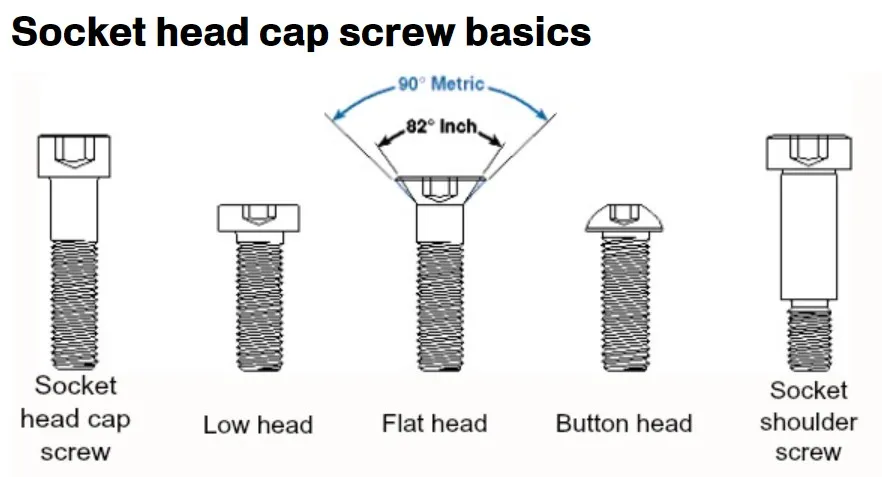
Loose lug nuts can cause handling problems, power loss, or vehicle damage. To avoid these risks, you have to tighten lug nuts properly and systematically avoid over-tightening.
When a loose axle will wear out bearings and possibly destroy the axle carrier, it is important to tighten these regularly.
Loose axles are very common in daily driving, but they can cause serious problems when they're not tightened properly.
If an axle is loose enough, it may not only wear out the bearings quickly but also cause damage to the axle carrier or even break free entirely from its housing.
To keep your ATV’s boots in good condition, you should always start with a clean and dry surface. You can then spot-check the general condition of the boots by applying a thin coat of oil for greasing. If it looks dry, you can use a little bit of water to get the boots back in shape.
They should always be cleaned regularly and allowed to drive if necessary after a long ride outdoors. You should keep the boots protected too and stored in a dry area whenever possible to last longer.
You should keep the boots protected too and stored in a dry area whenever possible to last longer.
An ATV will not perform as well when they have a failed CV boot. They will be less stable and more difficult to steer than usual. This can be quite dangerous if you're riding along a path with sharp turns or if you're riding in off-road areas.
An increase in friction can cause a major problem. This can be solved with grease and proper maintenance.
ATVs are complex machines and owners are required to have a wide range of tools on hand to take proper care of them. There are lots of different sized nuts, bolts, and boots so having plenty of tool choices is essential to maintain them.
Having a torque wrench and an Allen wrench is always better than using your hands to tighten bolts. With these two basic tools, you can easily fix minor issues on your ATV without having to call in professional services.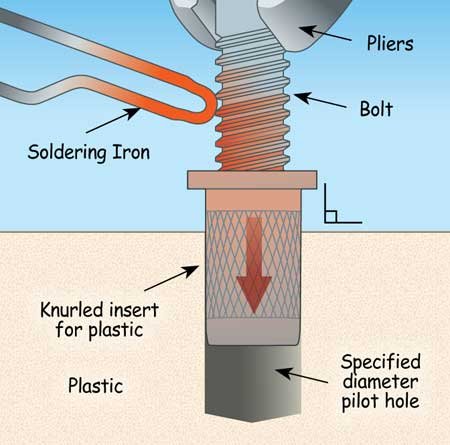
You should consider buying a set of quality sockets before you purchase your ATV. If you don’t have any, ask for help from your dealer or mechanic.
However, this is an essential tool when tightening or fixing any nuts or bolts on your machine so it is important to have them.
You should have a set of screwdrivers to take proper care of your ATV. These screwdrivers will help you remove screws, tighten loose bolts, and adjust the handlebar linkages too.
A breaker bar is a longer version wrench that can be important to help gain better leverage when tightening bolts in harder-to-reach areas. We recommend having one of these to use if needed.
As you ride your ATV, you should inspect and tighten the bolts, nuts, and boots every 3 months or after 300 miles. Bolts are what hold the chain to the sprocket. Tighten the bolts on your chain by turning them clockwise only.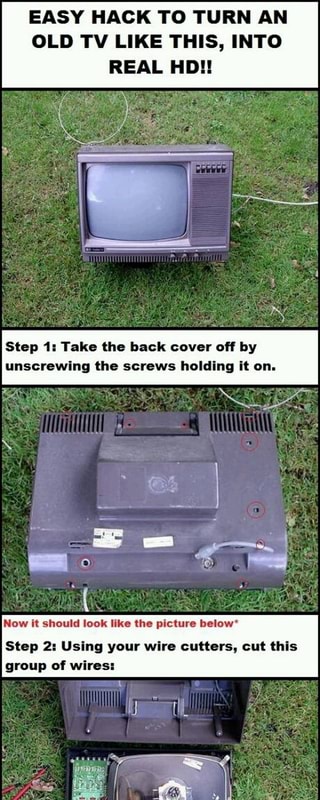
Nuts are what hold your chain in place on the sprocket. Tighten them by turning them counterclockwise only. Boots are what connect your ATV to its wheels on either side of it. Make sure they are tight enough so that it doesn't drag along when you ride over bumps or dirt.
Most of the accidents on ATVs happen due to the bolts that are loose or not tightened enough. Proper tightening of bolts will ensure that your ATV is safe for your ride. Tightening bolts should not be an easy task because it requires time and patience.
We also recommend taking a look before every ride for the basics. This is a basic safety precaution to make sure there is nothing wrong, but every 300 miles you should conduct a more thorough inspection of your machine.
You need to properly maintain your ATV for it to serve you longer. The bolts, nuts, and boots on your ATV rely on proper machine maintenance and other routine tasks that will help your machine.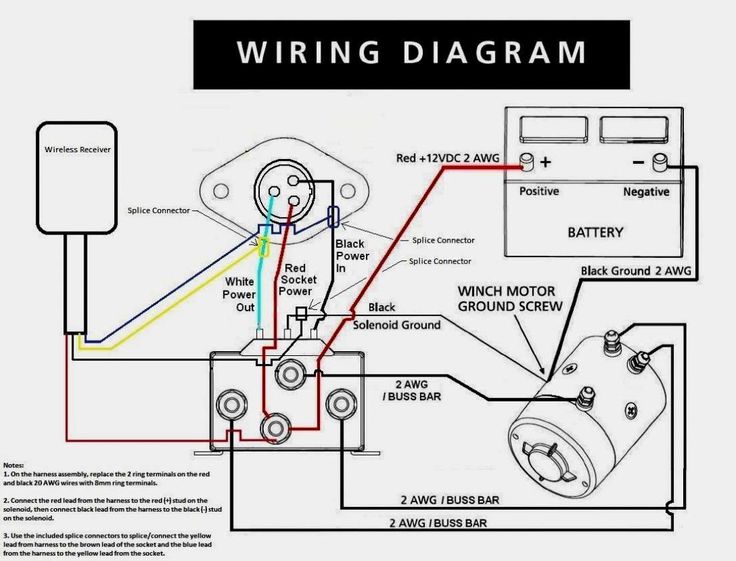
To prevent your ATV from being damaged by loose mud on the wheels, you should wash your ATV regularly. This will help keep dirt and debris from building up on your machine's drivetrain.
This is also a way to protect all of the bolts, nuts, and boots on your ATV because mud and dirt can build up and cause them to wear down faster from corrosion.
Grease should be applied without too much force or pressure on the bolt or nut. You should also make sure to follow the manufacturer's recommendations when using grease during routine maintenance.
Grease is an important thing for an ATV and it helps to grease all of the nuts, bolts, boots, and bearings on your machine to keep them in the best shape possible.
Regularly changing the oil and fuel of your ATV is an important part of maintaining it. It is very important to know how to use the right amount of oil for your machine too.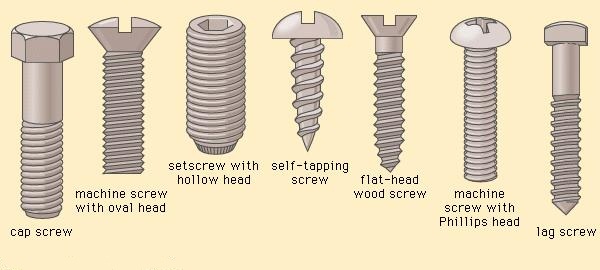
Always keeping these in check will ensure your machine is running at its best when you use it. This allows everything else to remain in better shape too.
Monitoring your tires on your ATV is also a crucial part of the riding experience. Riding on properly inflated tires is much better for your ATV and sustaining its durability.
In terms of wheel balancing, these monitors will also help wheel owners to avoid wheel damage from a sudden imbalance. It is a good idea to have a monitor to help you balance your tire so you can enjoy riding in comfort and alleviate any damage that may come from an imbalance.
If you ride an ATV, then you should stock up on tools for its maintenance.
You probably already have working tools, and you use a couple of them to fix your ATV. But ATV tools are different from the repair kit needed for home use.
Repairing an SUV at home is the most common way of maintenance and troubleshooting.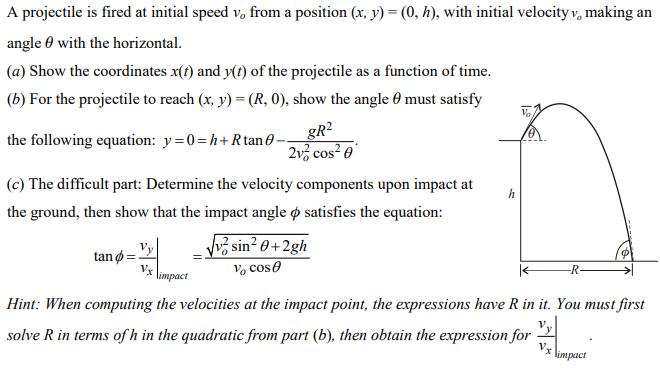 But, if you go to competitions or just travel long distances, it’s better to be prepared for trouble so that in the event of an emergency you don’t have to pack up and go back.
But, if you go to competitions or just travel long distances, it’s better to be prepared for trouble so that in the event of an emergency you don’t have to pack up and go back.
Of course, it is unwise to carry a garage with you to the tracks or off-road, so we advise you to collect a special box of tools for repairing the main faults of your four-wheeler.
Finding useful, functional ATV tools can be confusing for any beginner, so we asked seasoned ATV owners what they take with them on every ride.
We want to note that all these tools fit easily into a small or medium-sized box.
A small compact pressure gauge is the first aid to prevent air etching from tires.
For optimal driving, check your tire pressure when you arrive, not before leaving. This procedure is due to the possible height difference. If the tire is flat, you will need to check the air level immediately after inflating it.
If you go to the track, the pressure gauge will be indispensable for setting the required tire pressure.
ATV tires are more like car tires, so in the event of a puncture, you will need a repair kit. The best we've seen is the Stop&Go tire repair kit, paired with compressed CO2 gas cylinders. What's more, this set does not require the removal of tires from the rim.
A tire repair kit is indispensable if you travel far from home. There is nothing worse than the situation when you are hundreds of kilometers from the nearest workshop, and you have nothing to pump up a flat tire.
Pre-departure preparation includes checking the tightness of the nuts and bolts on the ATV. The whole process takes no more than five minutes.
The main advantages of ratchet sockets are the convenience and ease with which you can unscrew and tighten nuts and bolts, even in hard-to-reach places.
The BikeMaster 1/4" Drive T-Handle Kit fits 6mm, 8mm, 10mm, 12mm and 14mm sockets, which will fit most quad wheel nuts.
Not all bolts on your ATV can be tightened with a socket wrench. Therefore, L-shaped wrenches, the section of the working part of which is a regular hexagon, are designed for more comfortable and quick unscrewing and tightening of fasteners with a hexagonal slot.
Of all the variety of sets, we advise you to take a closer look at the one that includes all types of sizes - for example, the Motion Pro Ball-End set.
A pair of pliers should always be in your toolbox, whether it's used in the garage or dedicated specifically to the ATV. Pliers are a versatile tool designed to help in any suitable situation.
If you're looking for pliers, check out Baron Custom Accessories.
There is one more thing that pliers, socket and hex wrenches will not cope with. This is the nut that holds the rear axle to the swingarm. It often becomes loose, and when this happens, the rear axle bearings become unusable.
This is the nut that holds the rear axle to the swingarm. It often becomes loose, and when this happens, the rear axle bearings become unusable.
To prevent such cases, you will need an open-end wrench, a distinctive feature of which is the presence of a U-shaped working part, so that it covers 2 or 3 sides of the hex fastener, helping to cope even with elements with crumpled edges.
In order for the open-end wrench to be useful, it is best to use it in tandem with an extension cord. Access to the rear swingarm nut is limited, and the extension will help you get to it.
Anything can happen in a vehicle. Despite careful pre-departure preparation, a sudden breakdown or accident can disrupt any plans.
Perhaps your strength is enough to carry a broken ATV 100-200 meters, but even a couple of kilometers is already too much. It's good if you're lucky and have company on this walk.
That's why a tow rope, like a tire repair kit, is a must-have in your toolbox, especially when driving long distances. Made of durable materials, the cables have a good “immunity” to low temperatures and are able to withstand huge loads.
Even if you thought you had all the bolts and nuts on your ATV tight, chances are there are one or two that you missed or lost in the mud while riding.
Carry a set of bolts and nuts with you so that you can always replace what has fallen off.
A tool box is unimaginable without a screwdriver. Since our list is limited to 10 items, we suggest that you put a multi-function screwdriver to help unscrew the parts. For example, Philips offers a flathead screwdriver that is available in a range of sizes.
No matter how reliable and durable the ATVs look like, no one is immune from breakage.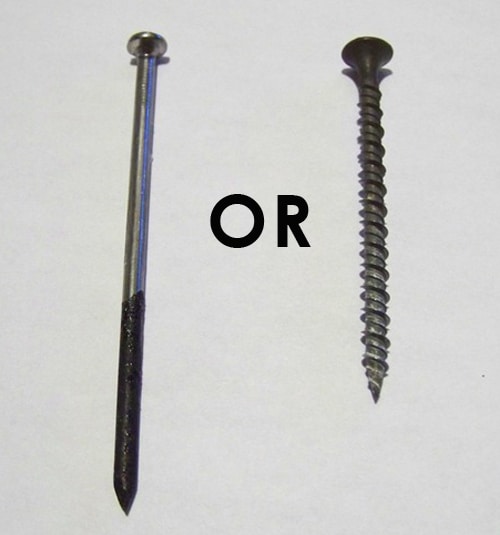 But what a shame it is to realize that this breakdown and all the problems associated with it could have been very easily avoided. And even if we are not always able to foresee all possible troubles along the way, see what could threaten us and prevent it, inspecting the ATV before the trip will reduce the risk of getting stuck in an open field near a stalled ATV. And while Sym ATVs, like children, can't tell you where they hurt, a thorough inspection will help you identify and prevent possible troubles.
But what a shame it is to realize that this breakdown and all the problems associated with it could have been very easily avoided. And even if we are not always able to foresee all possible troubles along the way, see what could threaten us and prevent it, inspecting the ATV before the trip will reduce the risk of getting stuck in an open field near a stalled ATV. And while Sym ATVs, like children, can't tell you where they hurt, a thorough inspection will help you identify and prevent possible troubles.
The main areas of ATV inspection are as follows. Start with the tires, you can check the pressure in them even before you roll the machine out of the garage. Do not rely on the sensitivity of your fingers, you can determine if there is a pressure problem by pressing on the tire only if the problem is really serious. It is much more logical and easier to use a pressure gauge, it will show you how much the pressure in the wheel has dropped and whether there is a need to pump it up.![]() Remember that it makes sense to inflate only whole intact tires, so if during inspection you see that swelling or cracks have appeared on the surface of the tire, replace the wheel, you should not risk a pleasant walk, going on it on wheels that are ready to burst on the first stone that comes across .
Remember that it makes sense to inflate only whole intact tires, so if during inspection you see that swelling or cracks have appeared on the surface of the tire, replace the wheel, you should not risk a pleasant walk, going on it on wheels that are ready to burst on the first stone that comes across .
Now the wheels themselves, they should not move along the axis, which sometimes happens if the fixing screws are loosened. Pull the wheel well towards you, and if it remains in your hands, however, I hope it will not come to this, but it is not supposed to move along the axis either. The only task of the wheel is to spin, and everything else is superfluous. If the wheel continues to move even after tightening all the bolts, it may be time to go to the mechanic and repair the chassis. By the way, when was the last time you were there, perhaps you should postpone your trip until the next inspection?
Turn the levers, the gas and brake should move easily, and when you release them from your hands, return to their original position. In no case should they jam. Check the operation of the brake, and how it reacts to pressing the lever, it would be nice to look at the worn out brake pads, it's time to change them to new ones.
In no case should they jam. Check the operation of the brake, and how it reacts to pressing the lever, it would be nice to look at the worn out brake pads, it's time to change them to new ones.
Now about the important thing, few people forget to refuel before the trip, although this happens, but not everyone thinks of checking the level and condition of the oil. Problems with lack of fuel are usually solved by refueling, the main thing is to notice in time that the indicator has long been at zero. There is usually no indicator of oil in the system on the panel, so they check it with a dipstick. Immediately look at what oil is left on the dipstick, if it is blackened and looks dirty, drain it and fill in new. Remember that it is not recommended to mix synthetic and mineral oils in ATVs, including Godzilla ATVs, so be sure to check which oil is used in your ATV. Remember that an ATV without oil will easily jam and cost you a lot of money to repair and rebuild, so don't risk saving oil by keeping the oil level adequate.
Check the condition of the transmission, if you have a chain driven ATV, inspect and clean the chain. Do not lubricate it if it is dirty, you can lubricate only a clean chain and only those substances that do not mix with dirt and dust. The chain and sprocket must work efficiently, otherwise most of the energy of your ATV will be wasted, replace the sprocket that has lost a few teeth, and it is better to change both the sprocket and chain at once.
Then move on to the electrics. The battery must be charged and all ATV wiring intact. Any breaks can lead to the shutdown of important ATV systems - lighting, ignition, etc. Check the condition of the spark in the ignition system, if the spark is sufficient, then when the starter is turned, a spark should jump between the wire from the candle and a nearby metal object. If this does not happen, it may be worth recharging the battery, or maybe just replacing it. Do not try to repair the battery yourself by adding water to it, this will only permanently disable it.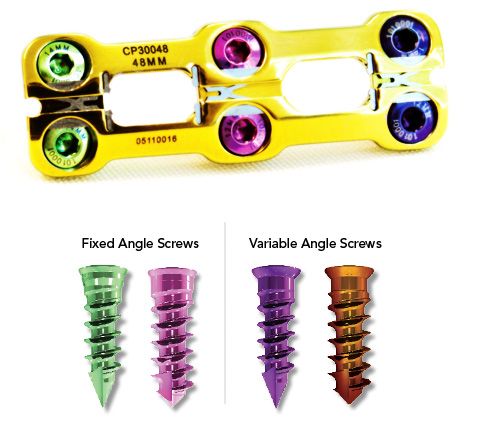 When connecting the battery to a charger, check that the voltage of this charger matches the voltage of the battery, do not charge 6-volt batteries using 12-volt car chargers.
When connecting the battery to a charger, check that the voltage of this charger matches the voltage of the battery, do not charge 6-volt batteries using 12-volt car chargers.
Inspect the spark plug, it should not be smoky or burnt, slight light soot is quite acceptable, but black soot is an indicator that the spark plug is flooded or it simply does not fit your type of battery. Just do not need to test your luck and clean the candle, a new one is not so expensive as to go on a trip with the risk of not starting the ATV after stopping.
Don't forget the air filter, it may not cause your ATV to stop, but changing the filter can give you a new perspective on its capabilities. An ATV can only ride truly powerful if there is enough air in the engine. A clogged, dirty air filter is a barrier that is difficult for air to overcome and your ATV turns from a strong, powerful apparatus into a choking, coughing old man. By the way, the air filter deteriorates not only if you drive often, but also if you stand for too long - any small living creatures quickly start up in it, which also does not contribute to air access.